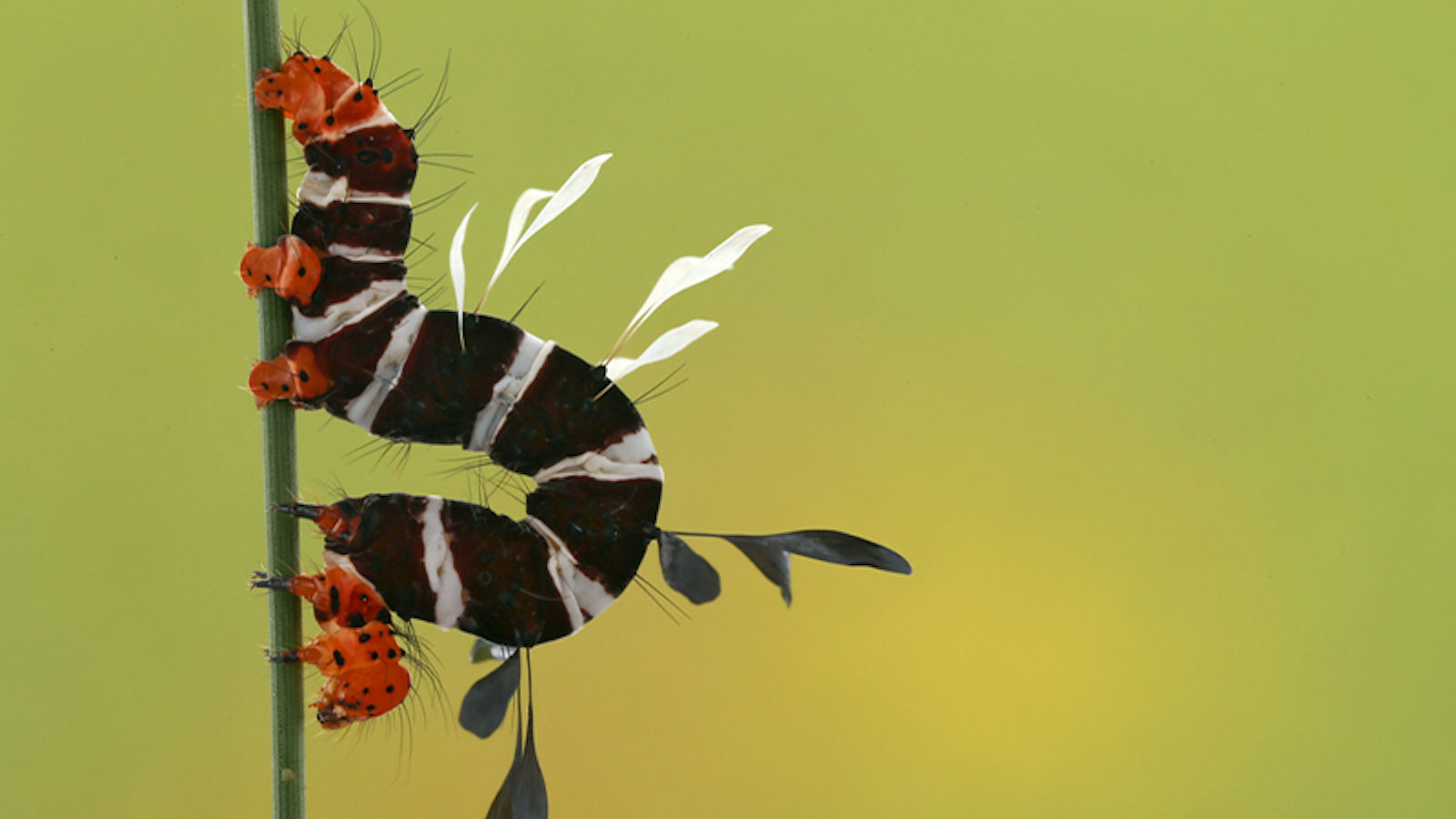
Piotr Naskrecki
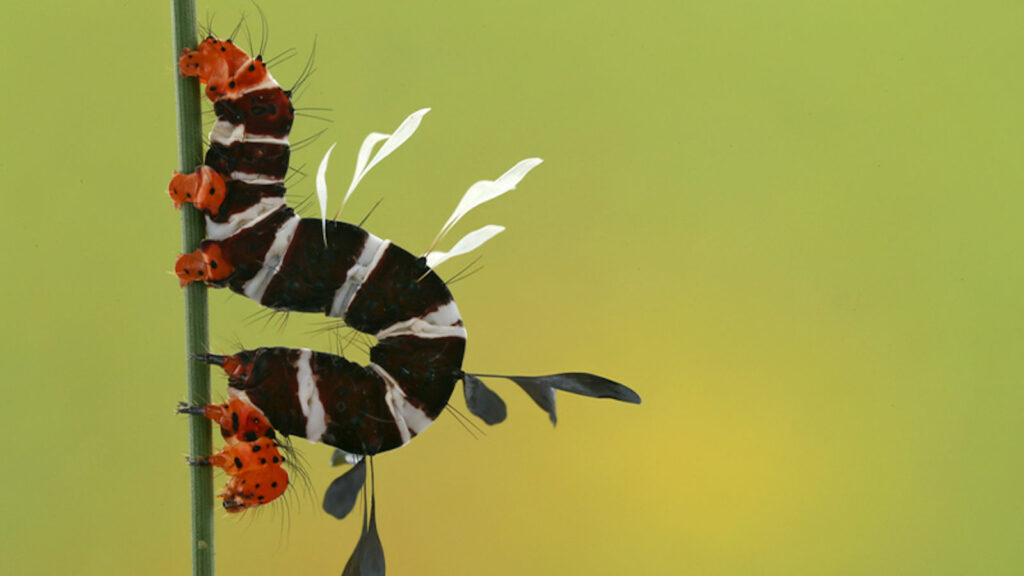
The Very Hungry Caterpillar and the Ecosystem
Caterpillars are a remarkable bellwether of environmental changes.
By Katharine Gammon
Sign up for our monthly newsletter!
If you give a caterpillar a leaf, chances are he’s going to tell you about the state of the world.
This is what chemical ecologist Tara Massad has learned from collecting thousands of caterpillars in Gorongosa National Park in Mozambique. Her work is part of the Gorongosa Map of Life, an ambitious project to build a multi-dimensional map of interactions between species. Documenting which species make up the park—and how they are related—is the path to conserve them.
“Understanding the ecosystem and all its elements is a prerequisite to effective conservation that’s firmly based in science,” says Piotr Naskrecki, associate director of the E.O. Wilson Lab at Gorongosa, which performs long-term research in biodiversity documentation, ecology, and conservation biology.
For every plant-eating insect, there are often one or even two parasitoid wasps that feed on it.
For years, Massad has scoured Gorongosa for caterpillars’ favorite munching leaves—bristly or smooth, brightly colored or blending into their surroundings—and popped them into bags with the voracious larva. In the lab, scientists observe a classic life-cycle drama: Plants get eaten by caterpillars, caterpillars get eaten by parasitoids—insects whose larvae live as parasites that kill their hosts—and parasitoids get eaten by hyperparasitoids, parasites that feed on parasites. “It’s a very intricate interaction, and often these interactions are incredibly species-specific,” says Naskrecki.
Understanding these interactions is important because caterpillars are a food web connector. In addition to being hosts for a variety of parasites, they eat plants, and are eaten by bats and birds. The ones that get to complete their life cycle become moths or butterflies, which pollinate more plants and often, too, become food for many different animals.
Massad came to Gorongosa in 2014 from Brazil, where she was a post-doctoral student studying plant-eating animals and plant defenses in the South American rainforest. Today she is a mentor to master’s students in Gorongosa, and an instructor in environmental assessment and tropical ecology and conservation at Oregon State University.
She explains that more than half of all the described species of organisms in the world are directly involved in plant–herbivore–parasitoid interactions, though very little is known about the actual diversity of parasitoids in tropical ecosystems like Mozambique’s. To understand diversity in Gorongosa, Massad says, one has to understand the ecosystems of the park—which means creating a baseline chart of interactions between its incredibly diverse species.
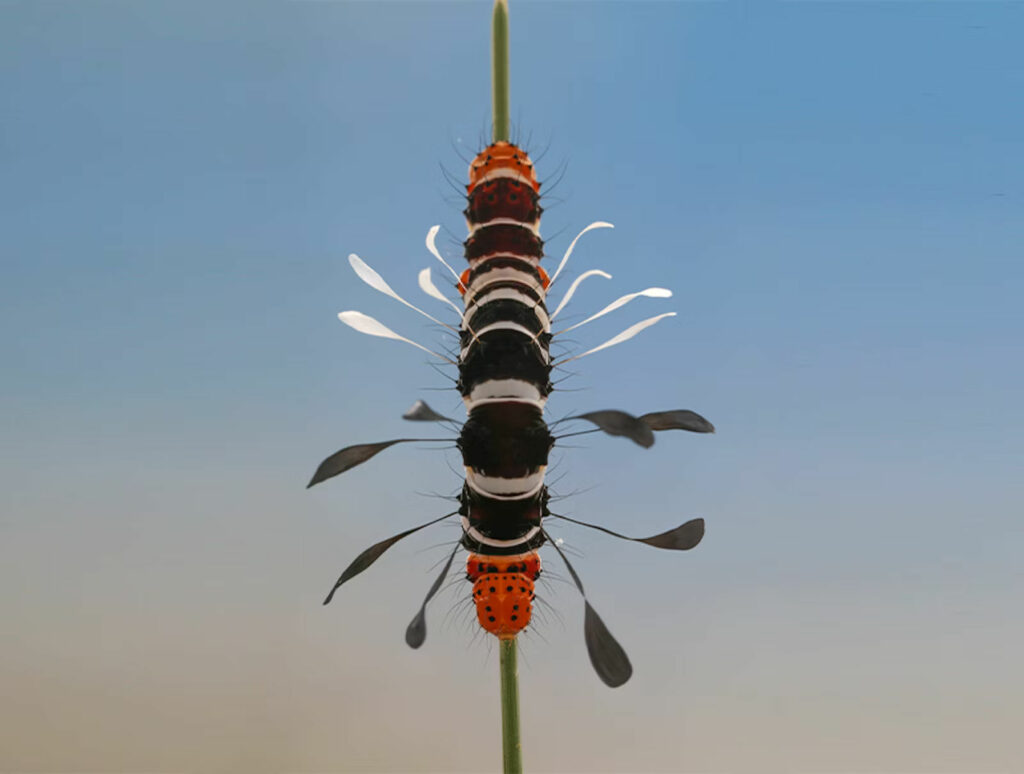
In Massad’s case, this has meant a very basic task: matching caterpillars with their adult forms as moths or butterflies, something that hasn’t fully been done in many parts of Africa and other tropical areas, as well as matching caterpillars to plants, and parasites to caterpillars. Massad has found, for example, that for every plant-eating insect, there are often one or even two parasitoid wasps that feed on it. Her research, she says, can “answer questions about specialization, which is important ecologically because we know the tropics are more species-rich than other areas of the world.”
One of the hypotheses about why the tropics are more species-rich than other areas of the world is that life here has become more specialized. In the tropics, a particular kind of caterpillar will often feed on just one kind of host plant, whereas in the temperate zone they might feed on multiple host plants. This creates more species over time as plants evolve to protect themselves from herbivores, and herbivores evolve to tolerate new plant defenses.
Massad’s ecological research offers a peek into climate change. “We studied how changes in precipitation can affect parasitism rates,” she says. “And so, if you interrupt the parasitism, you interrupt that top-down control, and you have more herbivory and natural systems that might be able to be affected.”
This kind of work has previously been done by Lee Dyer, Massad’s doctoral advisor at Tulane University, who has studied caterpillars in Arizona, Ecuador, and Costa Rica. Dyer is a coauthor on a 22-year caterpillar collection study from Costa Rica that shows 40 percent of common caterpillar groups and their parasitoids were in decline—with effects throughout the ecosystem.
This type of research is valuable beyond Gorongosa, Massad says. It adds to our knowledge of the diversity of ecological interactions, which is a more informative metric of ecosystem diversity and health than species richness on its own. The data help us understand how simple or networked food webs are, which indicates how resilient to change ecosystems may be. In the long term, these data can show how climate change affects ecological interactions, and also provide information on insect decline.
“Any time we can gather more data on ecological interactions from ecosystems that haven’t been studied yet, we are gaining knowledge about the ubiquity or particularity of patterns in nature,” Massad says.
Katharine Gammon is a freelance science writer based in Santa Monica, California, who writes about environment, science, and parenting. She is presently reporting from Gorongosa National Park in Mozambique. You can find her on Twitter @kategammon.
Plantings
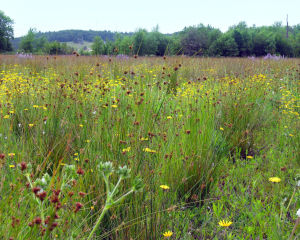
Nature as Model and Mentor: Biomimicry and Ecosystem Restoration
By Gayil Nalls
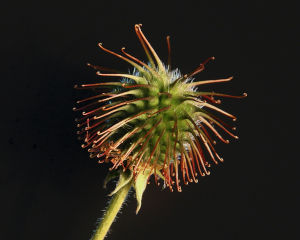
Ingraining ‘Nature’ into ‘Human Nature’
By Shreya Bhagwat
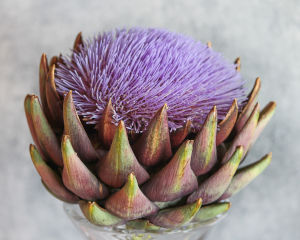
The Artichoke Blossom, an Exploding Castle
By Sam Stoeltje


Fostering a Deeper Connection with Plants in the UK
By Katherine Moore

Eat More Plants Recipes:
Aussie Energy Balls
By Maria Rodale
This article previously appeared in Nautilus

As Ireland transitions from the rich, smoky scent of peat-burning to a more sustainable future, its olfactory heritage is evolving. What will become the next iconic aromatic symbol of Ireland?
Click to watch the documentary trailer.


